Sicilian farmers on the frontline of climate change spotlighted by Earth Photo 2024 winner
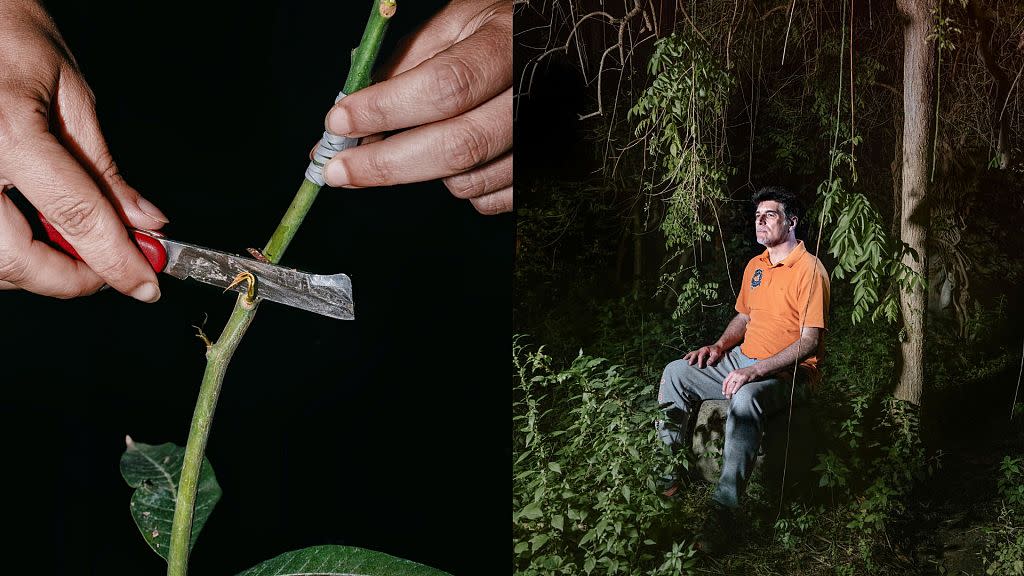
In our hyperconnected world, some environmental images still have the power to make us stop and stare.
Nearly 2,000 images were submitted to Earth Photo this year, an international programme that has been platforming photographers’ and filmmakers’ work since 2018.
Co-founded by the UK’s Royal Geographical Society, Forestry England and visual art consultancy Parker Harries, Earth Photo seeks out conversation-sparking photos that show the world and its changing climate and ecosystems.
The Earth Photo 2024 winner has now been announced: 'Tropicalia' is a photo series by Jean-Marc Caimi and Valentina Piccinni that documents the drastic impact of climate change on farmers in Sicily.
"Earth Photo is a great platform for artists to share personal observations and offer urgent provocations about our planet,” says Skinder Hundal, global director of arts at the British Council.
“Never has there been a more important time where we need new ways to understand the beautiful world we inhabit. Creating reflective exhibition spaces and celebrating creative responses provides for a deeper contemplation and brings us together in times of need.”
Earth Photo 2024 Award winner: 'Tropicalia'
'Tropicalia' is now on display alongside other award-winning and shortlisted works at London's Royal Geographical Society.
The evocative photo series documents resistance and adaptation to the ravages of climate change on the Italian island of Sicily.
Hit by desertification, flooding and rising temperatures, farmers on the frontline are working with local universities to innovate new ways of growing produce. One image depicts a citrus farmer pivoting to tropical mango growing as temperatures spike.
Another shows a farmer who has covered her fields in solar panels to generate renewable energy.
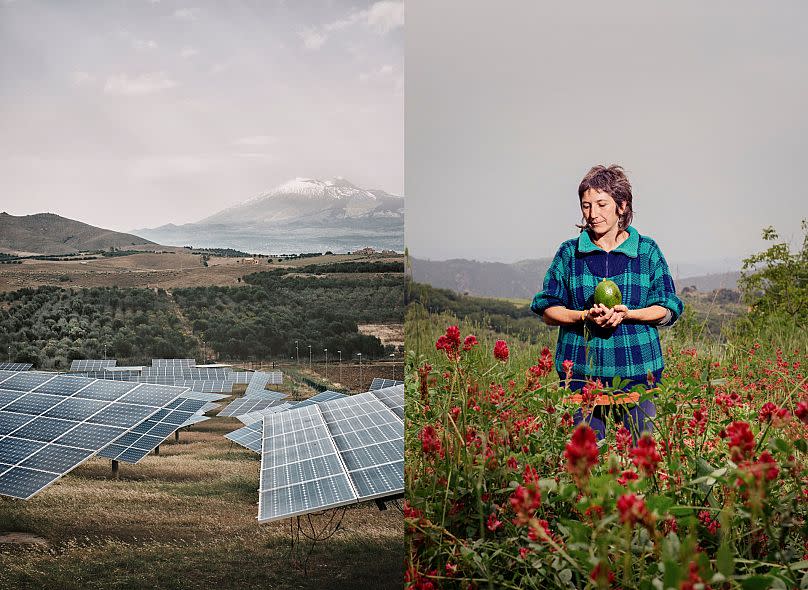
Which other images were shortlisted for Earth Photo 2024?
The winning photo series was among 122 dazzling shortlisted shots from 30 photographers who captured a world in transition. Here are a few of them.
7. Melting glaciers in Switzerland
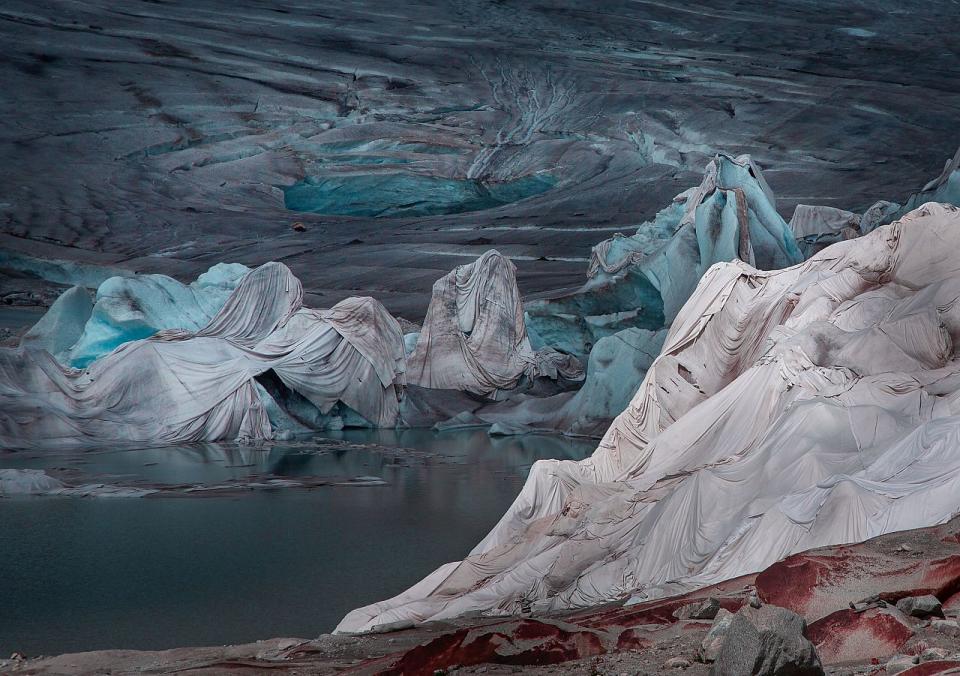
Changing Landscapes by Anna Korbut depicts glaciers in Switzerland covered with fabric to protect them from melting.
The country’s glaciers have lost one third of their volume in just the last 10 years.
6. Trash-eating elephants in Sri Lanka
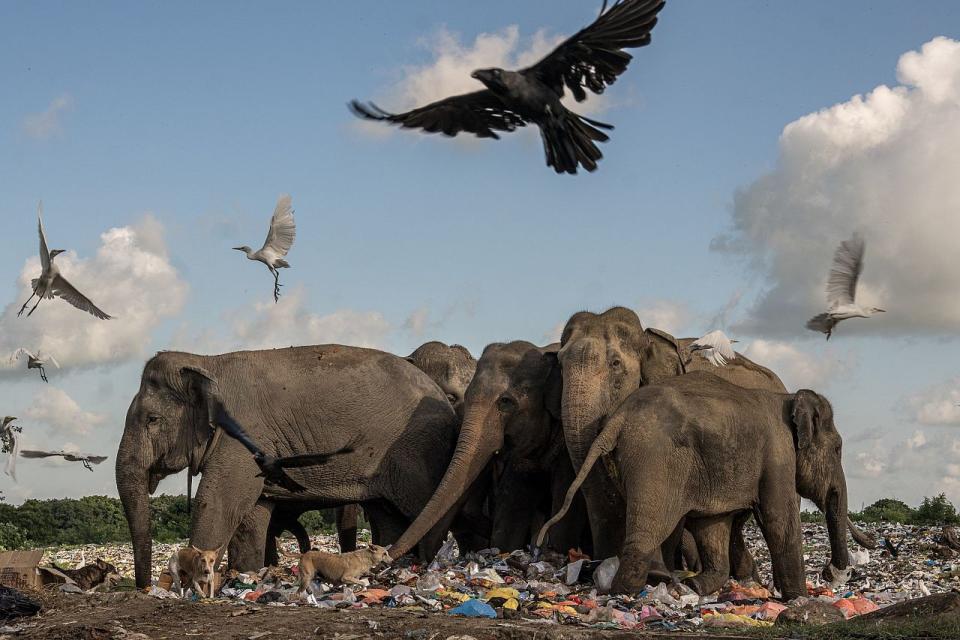
This photo exposes a distressing reality in Ampara, Sri Lanka, where elephants are forced to eat garbage due to a lack of efficient waste management.
Waste accumulation near forests lures elephants and other animals away from their natural habitats, and the plastic meal puts their lives at risk.
5. Mangrove forests in Vietnam
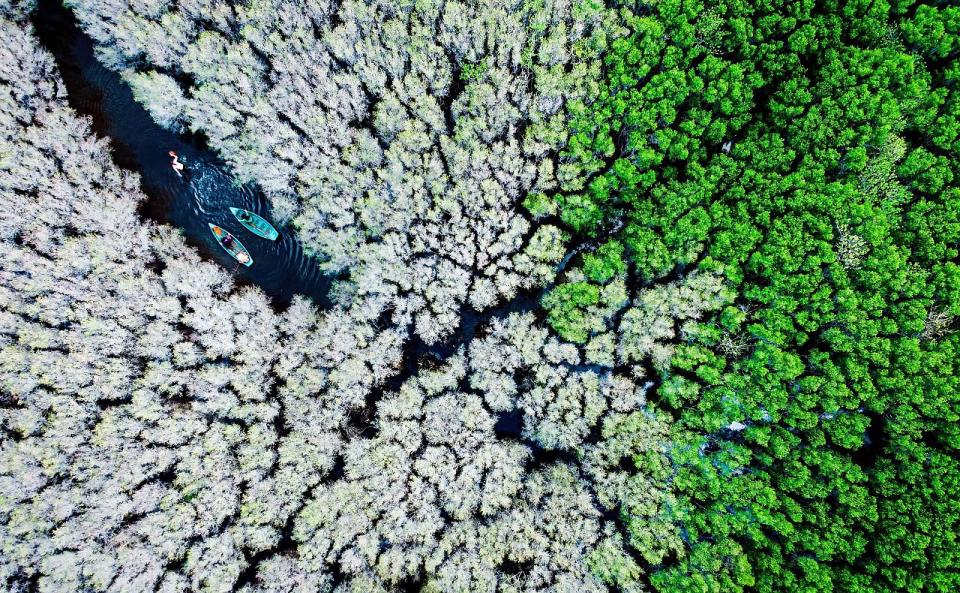
Mangrove forests like this one in Vietnam’s coastal Quang Ngai province are a vital shield against typhoons.
Unfortunately, the trees have been depleted by climate change, population growth, and the increased use of water for fish farming.
4. Sea level rise in Spain
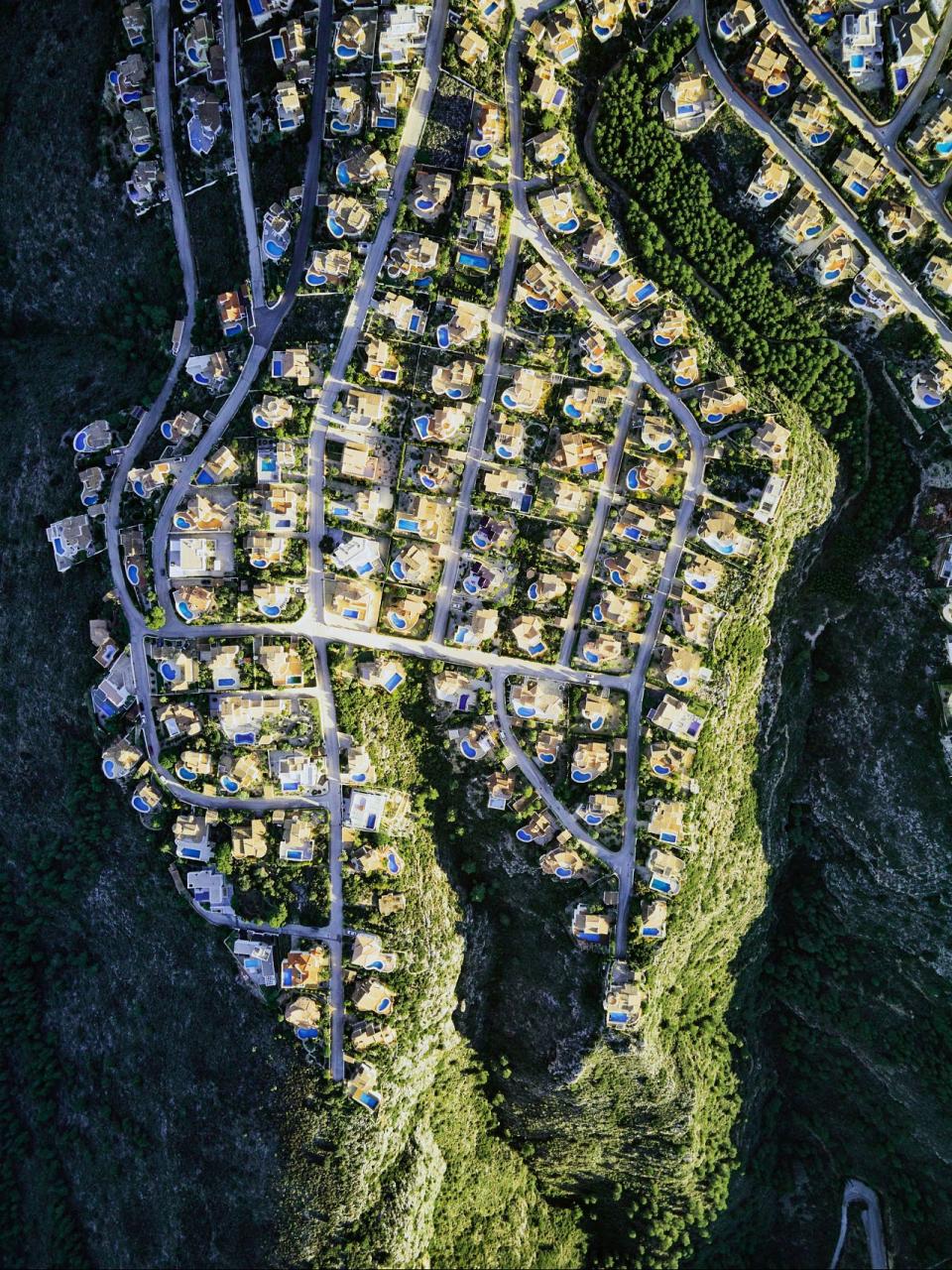
In his ‘Dry Horizons’ project, Markel Redondo explores the harsh reality of ongoing drought in Spain.
This mind-boggling image of private swimming pools on a rocky outcrop of land contrasts with another in the series: a man walking along playa Babilonia Guardamar de Segura, where the sea has risen to touching distance of the beachfront houses.
3. A majestic oak in England
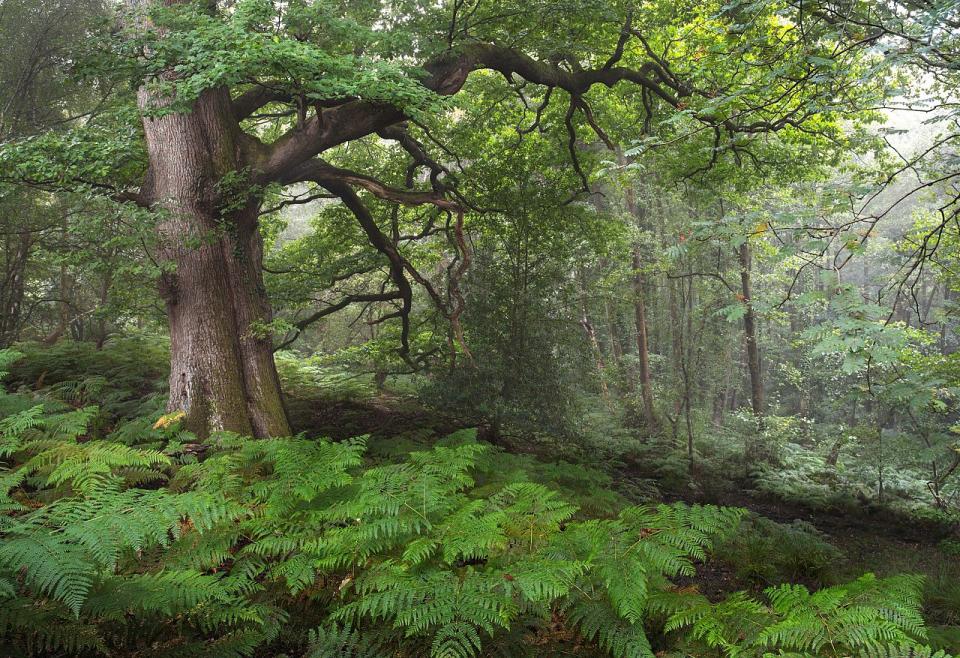
An English oak cuts a magnificent outline in the Forest of Dean - believed to be one of the last oaks planted here in the 1700s for shipbuilding.
A recent study found that amid Europe’s native forests, the English oak is the only species set to adapt well to climate change this century.
2. A burning gas crater in Turkmenistan
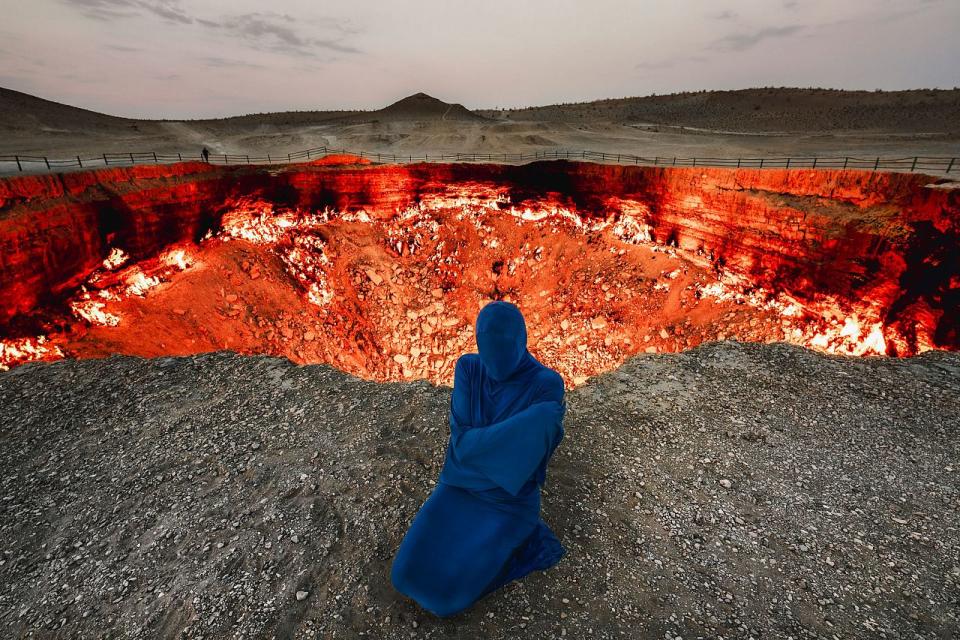
The Darvaza Gas Crater, known as the Gates of Hell, has been burning for over 50 years.
It was drilled by Soviet engineers in 1971 as a natural gas well, but when it collapsed they had to set the crater on fire to prevent poisonous gases from escaping. Scientists expect the site to continue burning for decades to come.
In a more hopeful snapshot, a ‘tree’ of healthy elkhorn coral gets a checkup at the world’s largest underwater coral nursery in the US.
1. A coral nursery in the US wins Climate of Change Award
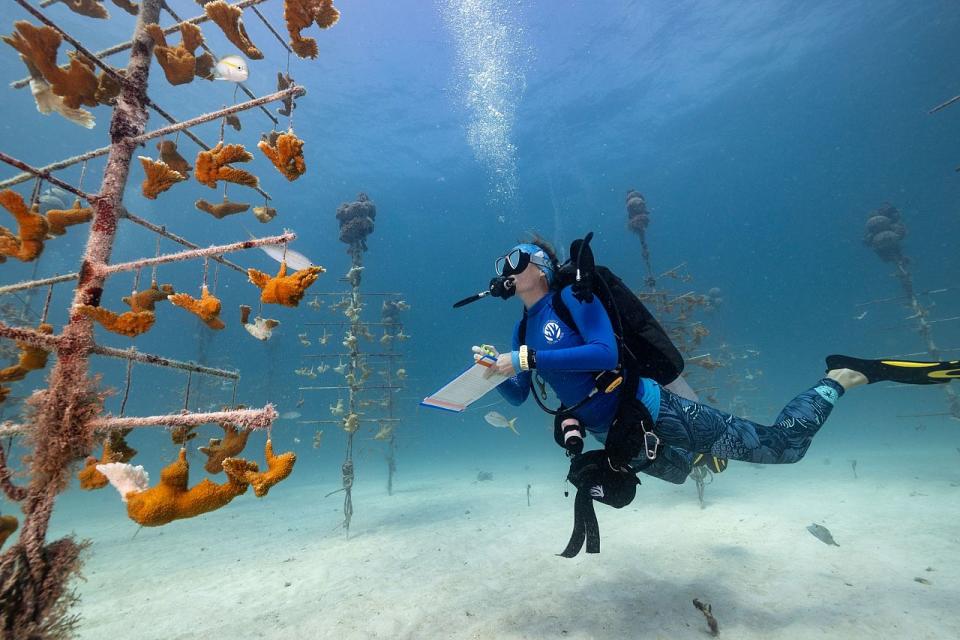
Last summer’s extreme marine heatwave caused a mass coral bleaching event in the Florida Keys, a reef area that had already declined by 90 percent due to disease and past heatwaves.
Roxane Boonstra (pictured) is one of the experts at the Coral Restoration Foundation’s Tavernier nursery determined to help coral rebound.
Where can you see the Earth Photo prize winners?
The Earth Photo Award winner was announced at an awards ceremony at the Royal Geographical Society in London on 17 June.
A top cash prize of £1,000 was awarded for an “outstanding photography project that tells a compelling story about life on our planet.”
This also marked the opening of the Earth Photo 2024 exhibition, open to the public from 18 June to 21 August.
"The exhibition will bring some of the best photography of our planet in all its aspects from stunning landscapes, engaging fauna and flora and images that remind us of the fragility of our world and the environment that human-kind calls home," says Michael Pritchard, photography consultant at the Royal Photographic Society.
The exhibition will then tour six Forestry England sites across the UK, followed by five National Trust locations, the Lost Gardens of Heligan, Cornwall, and Sidney Nolan Trust, Herefordshire.


